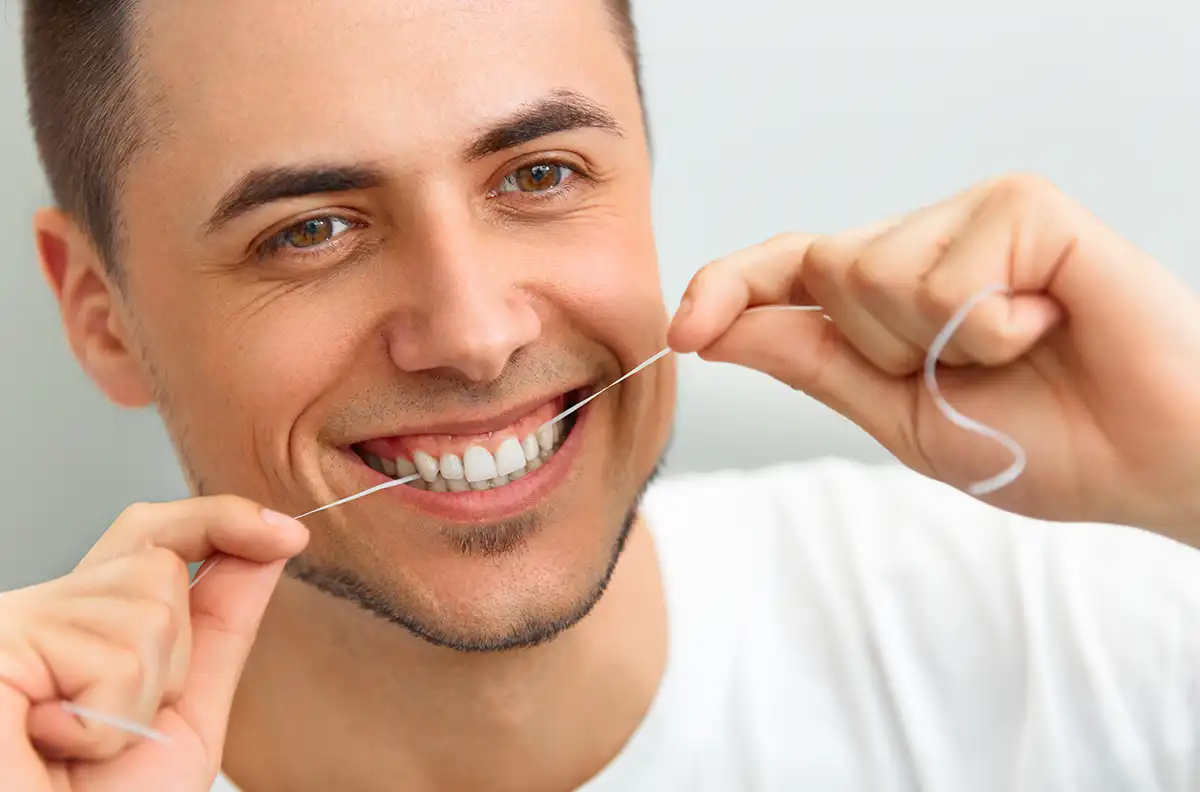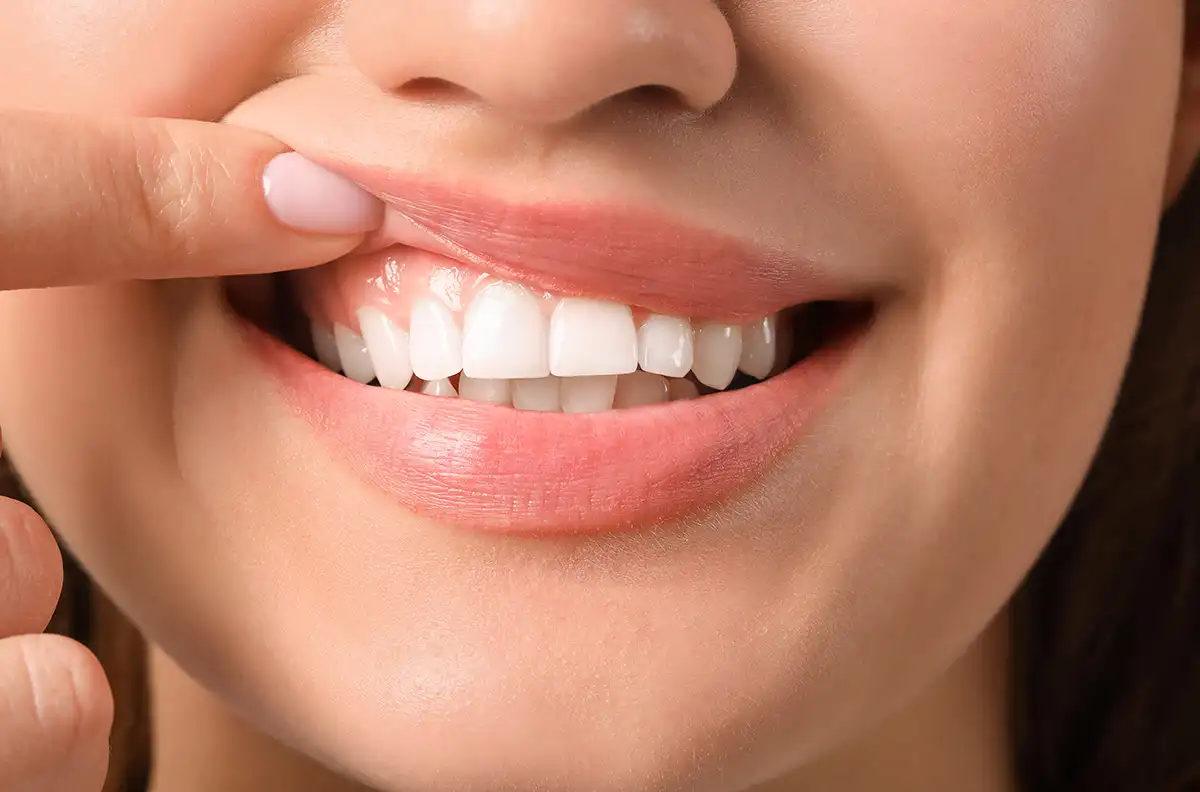Patient Information
Please find the forms required for your appointment below. All forms must be filled out and present prior to your appointment. If you have any questions, please do not hesitate to contact us.

Satisfied Patients
Average rating based on Google Reviews (4.9)
New Patient Info
Wondra Dental Care, PC welcomes all new patients and accepts most insurance plans. We will gladly verify your dental benefits and let you know of any out-of-pocket expense that will need to be collected prior to your appointment date.
We are currently providers for Delta Dental Premier, United Concordia, and Humana Medicare Advantage. Most other plans will allow you to go out of network and we will be glad to go over these benefits with you.
New Patient Experience
Dr. Wondra takes a very comprehensive approach to all of our new patients. A new patient exam may consist of a full series of X-rays, pano and a comprehensive exam and then we will determine and schedule you for the appropriate hygiene appointment. Our office uses digital radiography, which is much safer than traditional X-rays. Our goal is to provide all of our patients the best dental care possible. We look forward to having you as a part of our dental family!
New Patient Forms
Financial Info
It is our mission to provide you with affordable, high-quality treatment that fits your budget! We offer a variety of payment options to meet your needs. Our office accepts payments by:




Financing
We also offer financing options through the CareCredit system.

Insurance
We participate with many insurance carriers. If your insurance covers treatment, you will receive the benefit of reduced personal costs. Insurance policies vary, so we will review your insurance to determine the appropriate course of action. Once treatment has started, we will file your claims.
To help us with your insurance filing, please complete the insurance questions on our questionnaire. Please remember that insurance is a benefit for you or your child, and if there is any remaining balance after your insurance pays their portion, the financially responsible party is accountable for all charges.
If you have any questions about financing or payment, ask us! We will thoroughly explain your choices and work hard to accommodate your needs

Brushing
Use a toothbrush with soft bristles and a small strip of fluoride toothpaste. When you brush your teeth, move the brush in small circular motions to reach food particles that may be under your gum line. Hold the toothbrush at an angle and brush slowly and carefully, covering all areas between teeth and the surface of each tooth. It will take you several minutes to thoroughly brush your teeth. Brush up on the lower teeth, down on the upper teeth and the outside, inside and chewing surface of all of your front and back teeth. Brush your tongue and the roof of your mouth before you rinse.
In the morning after Breakfast
After Lunch (or right after school)
After Dinner
At Bedtime
As soon as the bristles start to wear down or fray, replace your toothbrush with a new one. Do not swallow any toothpaste; rinse your mouth thoroughly with water after you finish brushing. It is important to carefully floss and brush daily for optimal oral hygiene.
Flossing
For areas between the teeth that a toothbrush can’t reach, dental floss is used to remove food particles and plaque. Dental floss is a thin thread of waxed nylon that is used to reach below the gum line and clean between teeth. It is very important to floss between your teeth every day. Pull a small length of floss from the dispenser. Wrap the ends of the floss tightly around your middle fingers. Guide the floss between all teeth to the gum line, pulling out any food particles or plaque. Unwrap clean floss from around your fingers as you go, so that you have used the floss from beginning to end when you finish. Floss behind all of your back teeth.
Floss at night to make sure your teeth are squeaky clean before you go to bed. When you first begin flossing, your gums may bleed a little. If the bleeding does not go away after the first few times, let a staff member know at your next appointment.

Periodontics
Periodontal simply means “the tissue around the teeth.”
Periodontists specialize in the treatment and surgery of this area, which is often characterized by gum disease. Plaque is the most common element causing gum disease.
Unfortunately, periodontal-related problems are often discovered after they have persisted for an extended period of time. Proper oral hygiene, daily dental care and regular dental checkups will minimize the risk of gum disease. Gum disease ranges from mild (gingivitis) to moderate (periodintitis) to the severe (periodontitis). Treatments are available for every case of gum disease.
The effects of gum disease can be damaging to your dental health. However, through proper preventive care and oral hygiene, you can avoid problems associated with gum disease. Please contact our office for a periodontal evaluation if you experience any of the problems listed above.

